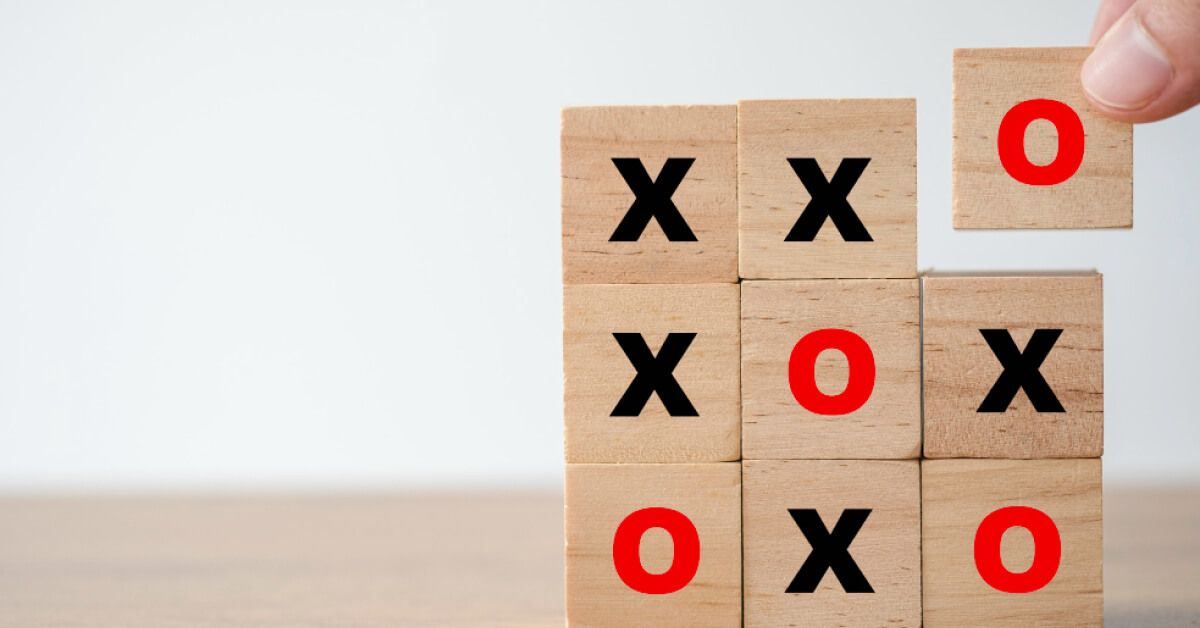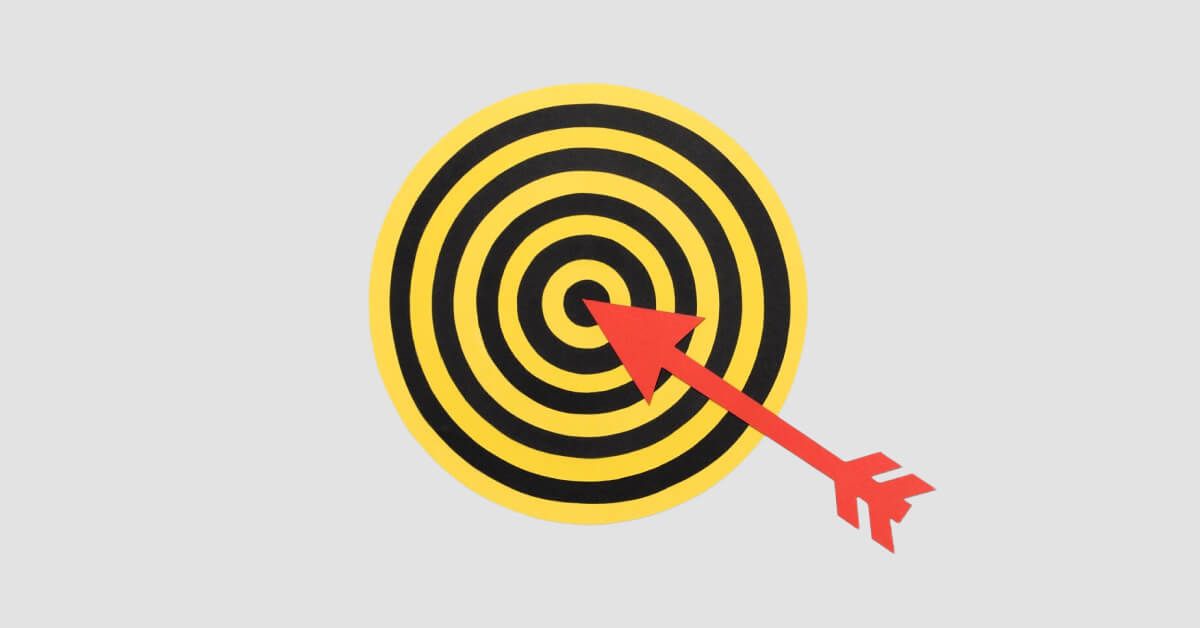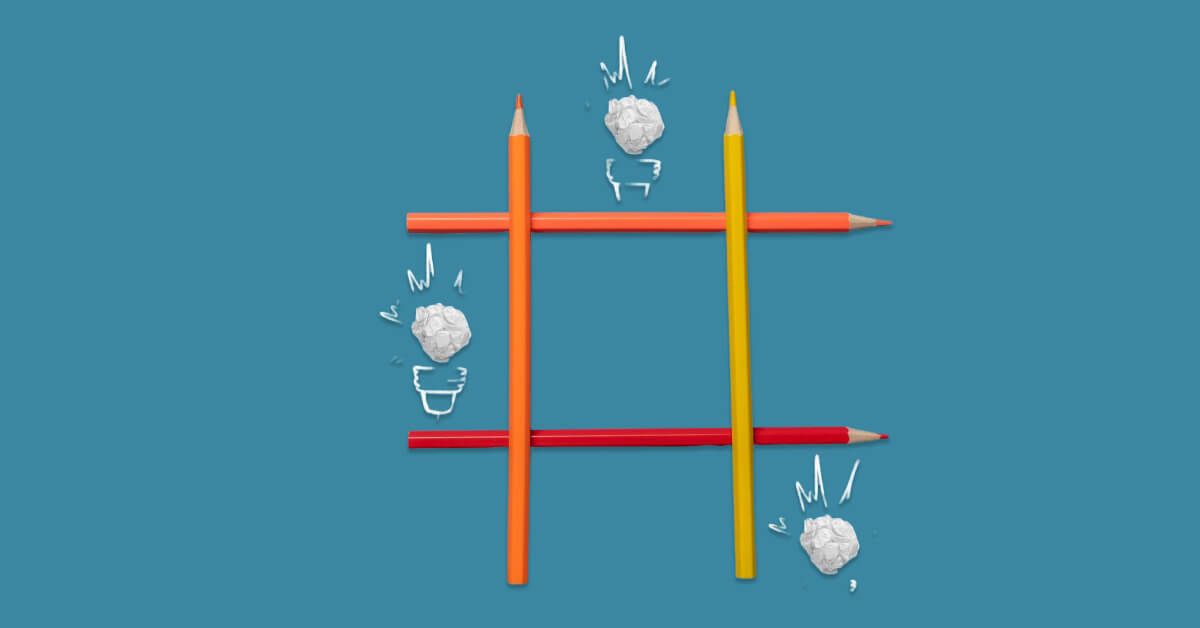30+ Gamification for employee engagement examples to boost morale in 2025

Remember Pokémon GO? Back in 2016, millions of people were running around cities, chasing virtual creatures with their phones. What made it so addictive? Simple—rewards, challenges, and a sense of achievement.
People weren’t just playing a game; they were driven by a mix of competition, exploration, and instant gratification. Now, imagine if the same principles were applied in the workplace. What if employees felt the same excitement completing tasks as they did catching a rare Pikachu?
That’s where gamification for employee engagement comes in. It’s not just about adding points and badges; it’s about tapping into what truly motivates people—recognition, progress, and friendly competition.
When done right, gamification can turn mundane work into an engaging experience that boosts productivity and morale. Let’s explore how businesses can make it work.
What is gamification in HR?

Gamification in HR involves applying game design principles, such as competition, rewards, and challenges, to HR processes to enhance engagement and productivity.
By integrating employee gamification elements like progress bars, badges, and leaderboards into activities such as onboarding, training, and performance management, organizations make routine tasks more engaging and enjoyable.
Gamification for employee engagement examples include using rewards-based systems to recognize achievements or implementing interactive learning platforms that encourage participation. For instance, earning badges or progressing through levels in a training program can boost morale and drive performance.
HR professionals can leverage hr gamification examples to foster a culture of continuous learning, using platforms like Skool to offer engaging training modules, quizzes, and simulations.
By aligning gamified employee engagement strategies with business goals—such as improving retention and increasing sales—HR teams can create effective gamification for employee engagement examples that drive meaningful actions and contribute to organizational success.
Gamification for employee engagement: Definition

Gamification for employee engagement leverages game design elements to enhance motivation and productivity within organizations. By incorporating gamification in the workplace, such as leaderboards and virtual rewards, businesses create engaging environments that boost performance and retention.
Companies can adopt workplace gamification examples, like recognition programs or free gamification apps for employee engagement, to drive participation in wellness and training initiatives. Effective gamification strategies include achievement badges, challenges, and friendly competition to foster motivation.
HR professionals use gamification in HR to enhance processes such as recruitment and development. Introducing games for employee engagement in onboarding and performance management makes tasks interactive and enjoyable.
The benefits of gamification in the workplace include improved morale, increased productivity, and stronger collaboration. Employers can implement creative gamification ideas for employees, like milestone-based rewards and competitions, to keep staff engaged.
By integrating gamification at work, organizations foster continuous learning, motivation, and long-term success.
Why you should use gamification for employee engagement and motivation?

- Intrinsic motivation: Gamification taps into individuals' intrinsic motivation by making tasks more enjoyable and rewarding. When employees find their work engaging and fulfilling, they are more likely to be motivated to perform better.
- Clear goals and feedback: Gamified systems often provide clear goals and immediate feedback on performance, which helps employees understand what is expected of them and how they are progressing. This clarity can increase motivation by giving employees a sense of accomplishment and purpose.
- Competition and collaboration: Gamification can foster healthy competition among employees, driving them to improve their performance to achieve rewards or outperform their colleagues. Additionally, collaborative elements in gamified systems can encourage teamwork and camaraderie among employees, further boosting motivation and employee turnover.
- Skill development: Gamification software can be used to facilitate skill development by providing opportunities for employees to practice and improve their abilities in a fun and engaging way. This continuous learning and growth can increase motivation as employees see tangible progress in their skills.
- Recognition and rewards: Gamified systems often incorporate rewards and recognition mechanisms to acknowledge employees' achievements and contributions. These rewards can range from virtual badges and points to tangible incentives such as bonuses or extra time off. Recognizing employees in this way can enhance their sense of accomplishment and encourage continued engagement.
- Increased productivity: By making tasks more engaging and enjoyable, gamification can increase employee motivation and productivity. When employees are motivated and focused on their work, they are likely to be more efficient and effective in their roles.
- Culture enhancement: Gamification can help reinforce desired behaviors and values within an organization's culture. By using gamification principles and aligning gamified activities with company goals and values, organizations can encourage employees to embody these principles in their everyday work.
How is gamification used to boost employee engagement?

Gamification is a powerful tool for engaging employees by integrating game-like elements into non-game contexts, such as work environments. Here are some ways to implement gamification as it's commonly used:
- Goal setting and achievement: Gamification can involve setting clear goals and milestones for employees, accompanied by rewards or recognition upon achievement. This mimics the structure of video games where players strive to reach objectives.
- Progress tracking: Providing visual representations of progress toward goals, like progress bars or leaderboards, can motivate employees to work harder to reach their targets.
- Competition: Healthy competition among employees can be fostered through gamification. Leaderboards, badges, or points systems can encourage friendly rivalry and spur increased productivity.
- Rewards and recognition: Offering tangible rewards or virtual badges for completing tasks or demonstrating desired behaviors can reinforce positive actions and motivate employees.
- Learning and development: Gamification can be used to enhance training and development programs by making learning more interactive and engaging. Quiz-style assessments, simulations, and branching scenarios can make learning fun and memorable.
- Team collaboration: Gamification can encourage teamwork and collaboration by creating challenges or missions that require collective effort to accomplish.
- Feedback and communication: Feedback mechanisms within gamified systems can provide employees with immediate feedback on their performance, allowing them to adjust their actions in real-time to improve outcomes.
- Personalization: Tailoring gamified experiences to individual preferences and strengths can increase engagement by making tasks more relevant and enjoyable for employees.
How to implement gamification in your workplace?
A well-planned approach ensures that gamification aligns with business goals and fosters a positive work environment.
- Define clear goals and objectives: Establish specific and measurable goals that gamification will help achieve, such as improving performance, increasing participation in training programs, or enhancing collaboration among teams. Clear objectives provide direction and ensure alignment with organizational priorities.
- Understand employee preferences: Conduct surveys or interviews to identify what motivates employees and what types of gamified elements they find appealing. Tailoring the experience based on employee preferences enhances engagement and adoption rates.
- Choose the right gamification tools: Select platforms that seamlessly integrate with existing HR and productivity systems to avoid disruptions. The right tools should offer features like progress tracking, real-time feedback, and personalized challenges that cater to different job roles.
- Develop meaningful rewards: Design a reward system that includes a mix of intrinsic and extrinsic motivators, such as career development opportunities, public recognition, and tangible incentives. Meaningful rewards help sustain interest and drive long-term participation.
- Provide proper training and communication: Educate employees on how gamification works and how it benefits their personal and professional growth. Transparent communication helps gain employee buy-in and encourages active participation.
- Monitor progress and optimize: Regularly track key performance indicators and gather feedback to assess the effectiveness of the gamification strategy. Making data-driven adjustments ensures continuous improvement and long-term success.
Gamification for employee engagement: 9 Benefits

Here are some of the major benefits of gamification to boost employee engagement.
- Real-time feedback loop: Gamification platforms often provide instant feedback on employee performance, allowing them to course-correct and improve in real time. This immediate feedback loop helps employees stay engaged and motivated as they see the direct impact of their actions.
- Personalized learning paths: Gamification systems can tailor learning experiences to address specific challenges for individual employees based on their strengths, weaknesses, and learning preferences. This personalized approach enhances engagement by ensuring that employees receive content and challenges that are relevant and meaningful to them.
- Boost in employee motivation: Gamification injects an element of fun into daily tasks and challenges, which can significantly boost employee morale. When employees enjoy their work and feel appreciated for their efforts, morale within the sales team naturally increases, leading to a more positive and productive work environment.
- Stress reduction: Engaging in gamified activities can help reduce stress levels among employees by providing a brief respite from their usual workload. By incorporating elements of play and enjoyment into the workday, gamification techniques can help alleviate tension and promote relaxation, ultimately improving employee well-being.
- Enhanced creativity and innovation: Gamification encourages employees to think outside the box and approach tasks in creative ways. By fostering a spirit of experimentation and risk-taking, gamified systems can spark innovation and inspire employees to come up with new ideas and solutions.
- Improved knowledge retention: Gamification employs techniques such as spaced repetition and microlearning to reinforce learning and improve knowledge retention. By breaking down complex concepts into bite-sized chunks and reinforcing them over time, employees are more likely to retain information and apply it effectively in their roles.
- Community building: Gamification can create a sense of community among employees by providing opportunities for interaction and collaboration. Whether through team-based challenges or leaderboards that showcase achievements, gamified systems can foster connections and build a stronger sense of belonging within the organization.
- Behavioral change reinforcement: Gamification can be a powerful tool for reinforcing desired behaviors and habits within the workplace. By rewarding employees for demonstrating positive behaviors such as teamwork, creativity, or problem-solving, gamified systems can help instill these behaviors as norms within the organizational culture.
- Data-driven insights: Gamification platforms often generate valuable data on employee behavior, performance, and preferences. By analyzing this data, organizations can gain insights into employee engagement levels, learning progress, and areas for improvement, allowing them to make data-driven decisions to further optimize their internal gamification strategies.
Common challenges in gamification
Addressing these challenges proactively can help ensure a successful and sustainable gamification strategy.
- Lack of clear objectives: Without well-defined goals, gamification efforts may lack direction and fail to align with business objectives. Organizations must establish measurable outcomes that focus on improving specific aspects of employee engagement and performance.
- One-size-fits-all approach: Employees have diverse preferences and motivations, and a standardized gamification strategy may not appeal to everyone. Personalizing gamified elements to align with different work styles and job roles is crucial for effectiveness.
- Sustainability and long-term engagement: Initial excitement around gamification can fade if the system lacks ongoing updates and incentives. Regularly refreshing challenges, introducing new rewards, and keeping content relevant are essential to maintain interest.
- Overemphasis on competition: While competition can drive performance, excessive focus on leaderboards and rankings may create stress and discourage collaboration. A balanced approach that includes team-based goals and recognition helps foster a positive culture.
- Integration with existing systems: Poor integration with HR tools, performance management systems, and learning platforms can hinder gamification’s effectiveness. Seamless integration ensures a smooth user experience and better adoption rates.
- Lack of management buy-in: Without leadership support, gamification initiatives may struggle to gain traction. Clear communication of benefits and alignment with business goals can help secure executive endorsement.
30+ Gamification for employee engagement examples you should get inspiration from

Here are 30+ gamification examples for employee engagement that can inspire you:
- Points and badges system: Reward employees with points and badges for completing tasks, achieving milestones, or demonstrating desired behaviors.
- Leaderboards: Display leaderboards to showcase top performers and encourage healthy competition among employees.
- Quests and missions: Create themed quests or missions that employees can complete to earn rewards and progress through levels.
- Challenges and contests: Organize challenges and contests around specific goals or objectives, with prizes for the winners.
- Virtual rewards and incentives: Offer virtual rewards such as virtual currency, items, or privileges that employees can redeem for real-world incentives.
- Progress bars and milestones: Use progress bars and milestones to visually track employees' progress toward goals and objectives.
- Social recognition walls: Create social recognition walls where employees can publicly acknowledge and praise their colleagues for their achievements and contributions.
- Team-based competitions: Foster teamwork and collaboration by organizing team-based competitions with collective goals and rewards.
- Training games and simulations: Develop interactive training games and simulations to make learning and skill development more engaging and enjoyable.
- Feedback loops: Implement feedback loops that provide immediate feedback on employee performance and encourage continuous improvement.
- Random rewards: Surprise employees with random rewards or bonuses to keep them engaged and motivated.
- Narratives and storytelling: Incorporate narratives and storytelling elements into gamified experiences to make them more immersive and compelling.
- Polls and surveys: Use polls and surveys to gather feedback from employees and involve them in decision-making processes.
- Virtual challenges: Create virtual challenges and quests that require employees to complete tasks or solve problems within a specified timeframe.
- Progressive unlockables: Offer progressive unlockables such as new levels, features, or content as employees progress and achieve milestones.
- Mobile apps and platforms: Develop mobile apps or platforms that employees can use to access gamified experiences and stay engaged on the go, leveraging mobile app development software to streamline the creation process and ensure a user-friendly experience.
- Gamified onboarding processes: Gamify the onboarding process for new employees to make it more interactive and enjoyable, helping them quickly integrate into the company culture.
- Employee spotlight wall: Celebrate employee achievements by featuring them alongside office wall art canvas prints, boosting morale and fostering a culture of appreciation.
- Daily spin-the-wheel rewards: Introduce a gamified spin-the-wheel for daily rewards like free coffee or extra break time, keeping participation exciting and consistent.
- Collaborative innovation challenges: Launch innovation sprints where teams brainstorm and prototype solutions, with rewards for the best ideas, fostering teamwork and creativity.
- Career growth gamification dashboards: Create personalized dashboards that track professional growth with skill badges and milestones, tying achievements to leadership opportunities.
- Cultural engagement missions: Design missions tied to company values, like "Sustainability Champion," rewarding participation with badges, leaderboards, and team recognition.
- Trivia and knowledge challenges: Organize fun quizzes and trivia sessions related to company policies and industry trends.
- Scavenger hunts: Plan workplace scavenger hunts to familiarize employees with company values, locations, or new initiatives.
- Employee wellness challenges: Introduce fitness or mindfulness challenges to encourage a healthy work-life balance.
- Virtual reality training experiences: Use VR-based training modules to make skill development more interactive and realistic.
- Recognition through social media platforms: Encourage employees to share achievements on company social media for wider recognition.
- Peer-to-peer reward programs: Allow employees to recognize and reward their peers for outstanding contributions and teamwork.
- Time-based productivity challenges: Set daily or weekly time-based challenges to encourage focus and efficiency in completing tasks.
- Customer service gamification: Reward employees based on customer feedback, satisfaction scores, and issue resolution rates.
- Eco-friendly workplace challenges: Create sustainability-focused challenges that encourage employees to adopt greener workplace habits.
- Learning leaderboards: Track participation in training programs and reward top learners with special recognition and prizes.
Conclusion
Gamification offers a dynamic approach to enhancing employee engagement and motivation in the workplace. By leveraging game mechanics and elements, organizations can create interactive and rewarding experiences that make work more enjoyable, meaningful, and fulfilling for employees.
From points and badge systems to leaderboards, challenges, and training games, gamification provides a wide range of tools to drive desired behaviors, foster collaboration, and recognize achievements.
By embracing gamification, organizations can cultivate a culture of continuous learning, innovation, and teamwork while boosting productivity, morale, customer loyalty, and overall employee satisfaction.
FAQs
1. Is gamification effective for all types of businesses and industries?
Gamification can be effective across various industries, but its success depends on how well it aligns with business goals and employee needs. Gamification in HR examples shows its versatility in industries like retail, tech, and healthcare. Tailoring employee gamification strategies ensures relevance and drives meaningful engagement, making it a valuable tool for most organizations.
2. How do you introduce gamification to employees effectively?
To introduce gamification successfully, organizations should communicate its purpose, provide training, and implement engaging elements gradually. Using onboarding gamification examples, such as progress tracking and rewards, helps employees adapt and stay motivated. Leaders should understand how to use gamification to engage employees, ensuring it aligns with business objectives while fostering motivation and participation across teams.
3. What types of rewards work best in a gamified work environment?
The most effective rewards balance intrinsic and extrinsic motivation, such as recognition, career advancement, and tangible incentives. Gamification benefits for employees include skill development, career growth, increased productivity, and job satisfaction. Successful gamified employee engagement strategies incorporate personalized rewards that resonate with employees’ goals and encourage continuous participation, fostering a positive workplace culture and long-term retention.
4. Are there any risks of gamification leading to unhealthy competition?
If not designed properly, gamification can create excessive competition, leading to stress and disengagement. To mitigate risks, gamification to improve employee engagement should focus on collaboration, team-based goals, and recognition. Encouraging healthy competition with balanced challenges fosters gamified employee retention, ensuring a positive work culture that promotes motivation, teamwork, and long-term employee satisfaction across all departments.
5. How can businesses stay ahead with innovative gamification strategies?
Businesses can stay ahead by leveraging new technologies, analyzing data insights, and adopting creative approaches seen in gamification in HR examples. Regularly updating employee gamification initiatives and exploring trends like AI-driven personalization ensures organizations stay competitive while enhancing gamified employee engagement effectively. Encouraging employee feedback, integrating gamification into daily workflows, and aligning strategies with company values drive sustainable engagement and long-term business success.



